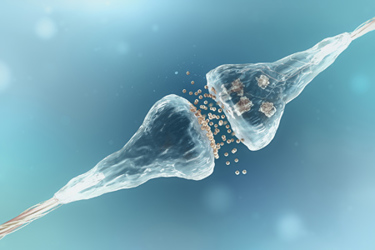The Identification Of A MicroRNA With A Key Role In Parkinson's Disease

Parkinson’s disease (PD) is the second most prevalent aging-related neurodegenerative disorder, affecting around 10 million people worldwide. While the pathogenesis of PD is not fully understood, patients suffer a gradual and progressive loss of dopaminergic (DA) neurons in one specific area of the brain, the substantia nigra (SN), which results in a gradual loss of motor control often manifesting as a tremor or shaking in one or more limbs, and progressing over time to include slowed movement, impaired posture and balance, speech changes, difficulty with delicate tasks such as writing and eventually loss of automatic movements such as blinking or smiling.1
The current medical treatment for PD focuses mainly on increasing dopamine levels in the brain, either by increasing the base level of dopamine via therapeutic dopamine pre-cursors that are converted to dopamine in the brain, using agonists that mimic the effect of dopamine, or inhibitors that prevent dopamine breakdown. All serve to increase dopamine levels and address some of the symptoms of reduced motor control in PD patients. Given the prevalence of PD, there is a clear need for a treatment that addresses the root cause of the disease, slowing or halting its progress rather than alleviating the symptoms.
More recently several studies in the post-mortem examination of brain samples from human PD patients include changes in microRNAs which operate to regulate the transcriptome and are understood to play a key role in nervous system biology. Learn more about the potential of microRNAs as therapeutic targets being investigated for a number of different disease states.
Get unlimited access to:
Enter your credentials below to log in. Not yet a member of Cell & Gene? Subscribe today.
